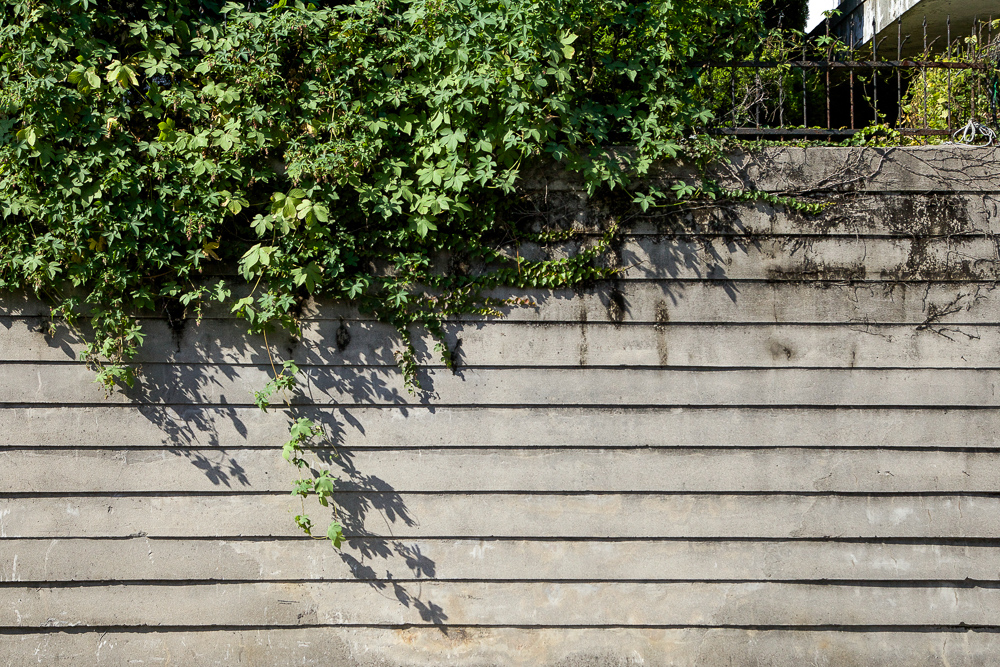FEATURED PHRASES:
*the following phrases are formal
홍대 어디 있어요?
Hongdae uhdi issuhyo?
Where is Hongdae University?
경복궁 어디 있어요?
Gyeongbokgung uhdi issuhyo?
Where is Gyeongbokgung Palace?
강남역 어디 있어요?
Gangnamyuk uhdi issuhyo?
Where is Gangnam Station?
Fill in the blank with a proper noun.
_______ 어디 있어요?
_______ uhdi issuhyo?
Where is _______?
You can use the previous phrase for other nouns. For example:
화장실 어디 있어요?
Hwajangshil uhdi issuhyo?
Where is the restroom?
차 어디 있어요?
Cha uhdi issuhyo?
Where is the car?
제 친구 어디 있어요?
Je chingoo uhdi issuhyo?
Where is my friend?
What if you’re looking for the NEAREST whatever?
제일 가까운 시장 어디 있어요?
Jeil gaggaoon shijang uhdi issuhyo?
Where is the nearest market?
제일 가까운 지하철역 어디 있어요?
Jeil gaggaoon jihachulyuk uhdi issuhyo?
Where is the nearest subway station?
제일 가까운 병원 어디 있어요?
Jeil gaggaoon byungwon uhdi issuhyo?
Where is the nearest hospital?
Fill in the blank with a common noun. To learn how to pronounce places in the city, such as bank and school, watch KWOW episode 33.
제일 가까운 _______ 어디 있어요?
Jeil gaggaoon _______ uhdi issuhyo?
Where is the nearest _______?
In the worst case, the kind stranger may also not be familiar with the area. They may say something like:
죄송하지만, 저도 몰라요.
Jwesonghajiman, juhdo mollayo.
I’m sorry, but I don’t know either.
In the best case, the kind stranger will give you directions. It can be as simple as:
쭉 가시면 홍대역이 나올거에요.
Jjook gashimyun hongdaeyukee naolguhaeyo.
If you go straight, Hongdae Station will appear.
Or it can be more complex.
저 은행 보이지요?
Juh eunheng boeejiyo?
Do you see that bank?
거기에서 우회전 하세요.
Guhgiaesuh oohwaejeon haseyo.
Turn right there.
직진하시면 우체국이 고등학교 건너편에 있어요.
Jikjinhashimyun oochaegookee godeunghakgyo gunnuhpyunae issuhyo.
Walk straight and you’ll see the post office across from the high school.
남산타워 방향으로 가셔서 두번째 신호등에서 좌회전 하세요.
Namsantawo banghyangeuro gashyuhsuh doobunjje shinhodeungaesuh jwahwejeon haseyo. Go in the direction of the Namsan Tower, then turn left at the second traffic light.
첫 사거리에서 좌회전 한번 더 하세요.
Cheot saguhriaesuh jwahwejeon hanbeon duh haseyo.
Then turn left once again at the first intersection.
서울시장 지날거예요.
Suhoolshijang jinalguhyeyo.
You’ll pass by Seoul Market.
은행옆 이층에 있어요.
Eunhengyup echeungae issuhyo.
It’ll be on the second floor next to the bank.
Don’t understand every single word the kind stranger says? Listen for the following keywords to get a clearer idea:
좌회전 / turn left / jwahwaejeon
우회전 / turn right / oohhwaejeon
직진 / go straight / jikjin
쭉 / straight / jjook
근처에 / nearby / geunchuhae
에서 / at / aesuh
옆에 / next to / yupae
다음 / next / daeum
지나서 / pass by / jinasuh 건너편 / across / geonnuhpyun
길 / road and street / gil
사거리 / intersection / saguhri
신호등 / traffic light / shinhodeung
방향 / direction / banghyang
반대쪽 / opposite / bandaejjok
층 / floor / cheung
1층 / 1st floor / il cheung
2층 / 2nd floor / ee cheung
3층 / 3rd floor / sam cheung
Is what you’re looking for near or far?
가까워요?
Gaggawoyo?
Is it close?
This question may be turned into a statement.
가까워요.
Gaggawoyo.
It is close.
For questions, raise the YO up. For statements, pronounce the YO down.
멀어요?
Muhruhyo?
Is it far?
멀어요.
Muhruhyo.
It is far.
They might say yes or no to your question. 네 (ne) means yes or 아니요 (aniyo) means no. Let’s get a little more specific.
몇 분 걸릴까요?
Myeot boon gullilggayo?
How many minutes will it take?
걸어서 오분 걸려요.
Guluhsuh oboon gullyuyo.
It’ll take five minutes to walk.
걸어서 십오분 걸려요.
Guluhsuh shipoboon gullyuyo.
It’ll take fifteen minutes to walk.
걸어서 이십분 걸려요.
Guluhsuh eshipboon gullyuyo.
It’ll take twenty minutes to walk.
Fill in the blank with a Sino-Korean number.
걸어서 _______분 걸려요.
Guluhsuh ______ boon gullyuyo.
It’ll take _______ minutes to walk.
But maybe taking a taxi is faster?
택시 타는게 나아요.
Tekshi taneungye naahyo.
I recommend taking a taxi.
Or maybe you bring up the subject of cabs first.
택시 타는게 나아요?
Tekshi taneungye naahyo?
Is it better to take a taxi?
Here are diverse modes of transportation that kind strangers may mention:
택시 / taxi / tekshi
버스 / bus / bbuhseu
지하철 / subway / jihachul
걷다 / to walk / guhddah (걷다 will be conjugated into, for example: 걸으세요 and 걸어서)
Wanna ask the kind stranger to sketch you a map?
지도 그려 주실 수 있어요?
Jido geuryuh jushil soo issuhyo?
Can you draw me a map?
You’re on your way to your destination. Did you get lost? Pull out a map and ask someone:
여기 어디예요?
Yeogi uhdiyeyo?
Where am I?
Don’t forget to be polite and say thank you.
감사합니다.
Gamsahapnida.
Thank you.


























































